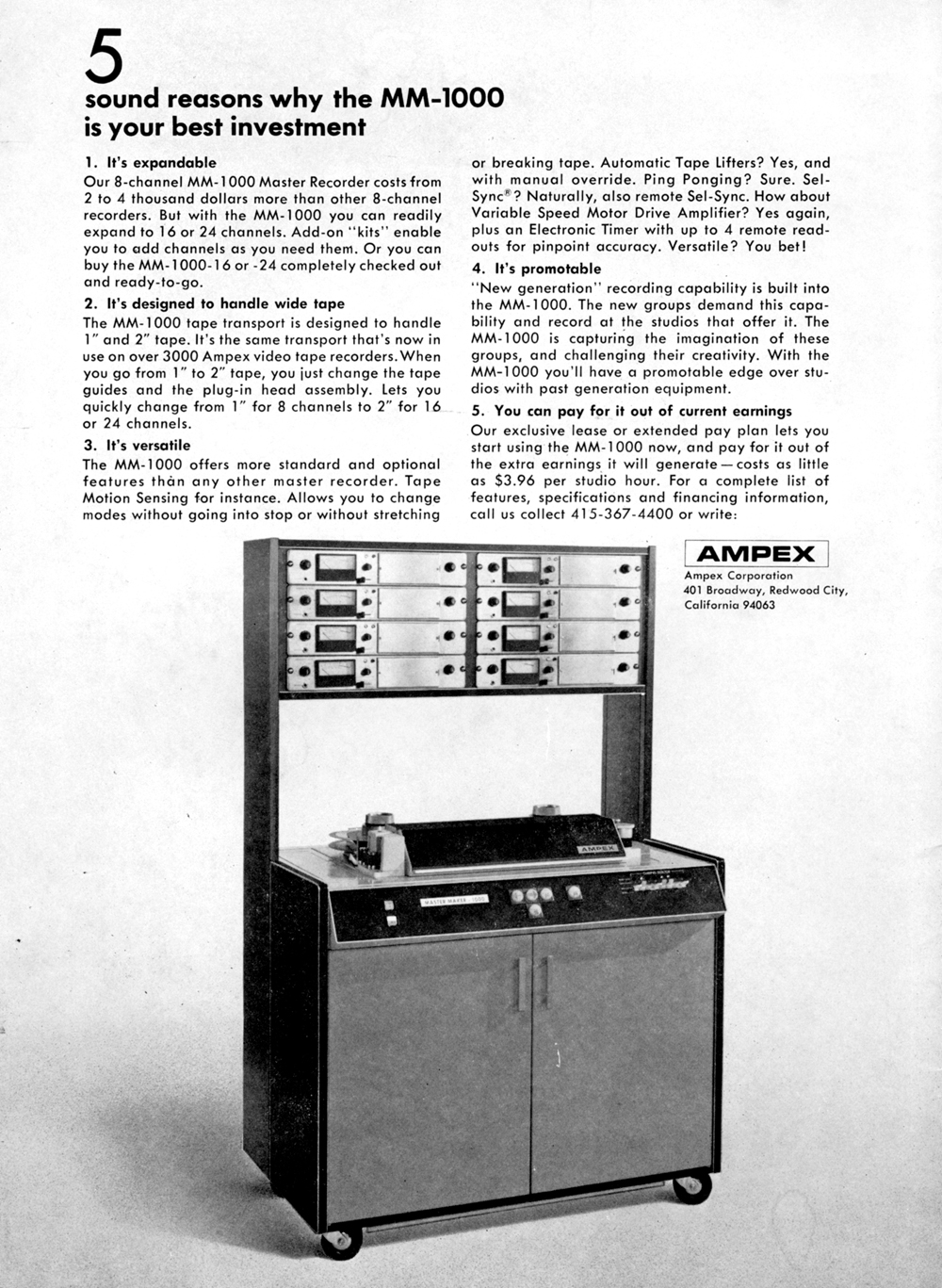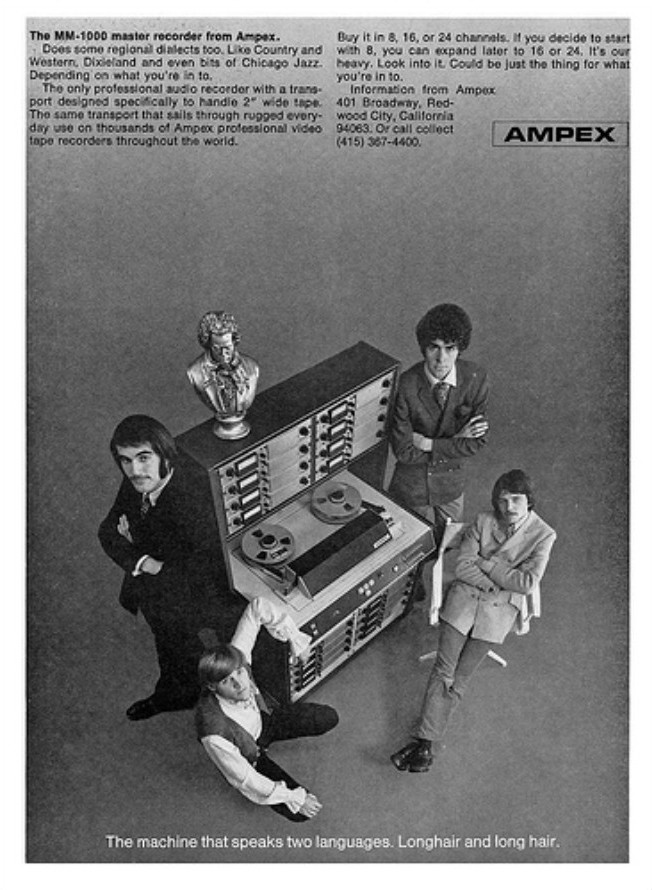Its clear that it is just the transport plate and all the components that are attached to it that are hot...the plate sits in a tray formed by the top of the console, and since the console is painted with a heavy coat of paint the charge is contained to the transport plate assembly itself.
Man this is wierd.
I know that if I disconnect the transport plate assembly from power (which is conveniently on a single heavy-duty Amphenol connector) the transport is dead (no stray charge). I measured AC voltage on two of the pins on the main harness connector, and they both trace back to the mains supply, one neutral, one hot. Problem is that both measure positive AC voltage when referenced to the mains neutral...

AND...the voltage is present even when the main throw on the console is "OFF".
- Mains supply comes in through the mains plug at the back of the console and then goes directly to the breaker switch which breaks the hot line.
- From there the mains power goes to the cooling fan(s), the 39V supplies for the electronics, and the 24V supply.
- Mains power goes through the 24V supply and continues to the control relay box and up to the transport plate assembly (the capstan and reel motors are all powered straight off the mains).
Again, when the main throw is "OFF", there should be nothing anywhere but I am still getting voltage.
So, knowing that the charge was getting to the transport plate I figured to start disconnecting things on the transport plate one-by-one to see which one might be a "Trojan Horse"...every time I remove a component from the equation the voltage increases
whether the main throw is "ON" or "OFF"!!! 



Here is what I measured with an AC voltmeter between the transport plate and the AC neutral leg (on the control relay box at J1 pin 5...this is where the mains voltage comes IN to the control relay box after coming
through the 24V supply:
- With everything connected and main throw "OFF" 6VAC
- Same as #1 but main throw "ON" 30VAC
- Now I disconnect the capstan motor, main throw "OFF" 9VAC
- Same as #3 but main throw "ON" 44VAC
- Now I additionally disconnect the takeup motor, main throw "OFF" still 9VAC
- Same as #5 but main throw "ON" still 44VAC
- Now I additionally disconnect the supply motor, main throw "OFF" 18VAC
- Same as #7 but main throw "ON" 86VAC
- Now I additionally disconnect the capstan dummy plug, main throw "OFF" 25VAC
- Same as #9 but main throw "ON" 68VAC
So, I've got some ideas but if anything sounds whacky with what I was doing above,
let me know.
- The mains cable I have for MM-1000 is an original cable but with an aftermarket plug at the wall receptacle end. It is not on there really good...maybe some kind of leakage between the hot and neutral? It is on my list to get a heavier duty plug and replace that but sometime tonight I'm going to check for continuity between the 3 conductors on that cable.
- The MM-1000 is (if you all recall) in a temporary space while I finish going through it...it is plugged into a 15A power strip that is connected to a wall outlet, but I think the wall outlet may not be properly grounded. I'm going to check that...that could be bad yes?
- There is also a small forced air utility heater connected to the same power strip. I noticed that when it kicks on the AC voltage measured at the transport drops from approximately 120VAC to about 75VAC, though everything still seems to run okay but I know the heater is on because the PSU cooling fan rpm drops noticeably (and remember that fan is powered directly after the breaker switch)...that sounds kind of wrong, yes?
- Don't worry...I'm not directly touching anything on the MM-1000 while it is connected to the mains...there is always a probe or some other means of insulating me from it until this gets figured out. And no kids are near because I tinker after they go to bed...its in their playrooom after all.

And BTW, I understand how the brakes physically work now...the mental recess was good. I got them adjusted up just fine except for the "high" adjustment at the supply motor (the feeding direction or counter-clockwise rotational braking). Remember that's the brake with the pad that had fallen off the band. The braking force is supposed to be 4.5lbs when using 1" tape (7.5lbs with 2" tape) when measured with a spring guage strapped around an NAB reel hub. I still have room for adjustment but the adjustment nuts are much tighter at present on the supply side than on the takeup side, which I was easily able to adjust up to 4lbs. So maybe the pad is worn (who knows what caused it to fall off in the first place), maybe it is glazed even though it looked okay, or maybe it needs to break-in since it has been reinstalled on the band. I'm leaving it at 3lbs for now. I'll run things for awhile and check it periodically. It was set at about 1lb before (after reassembly) and things were working okay so I'm not too worried about it.










